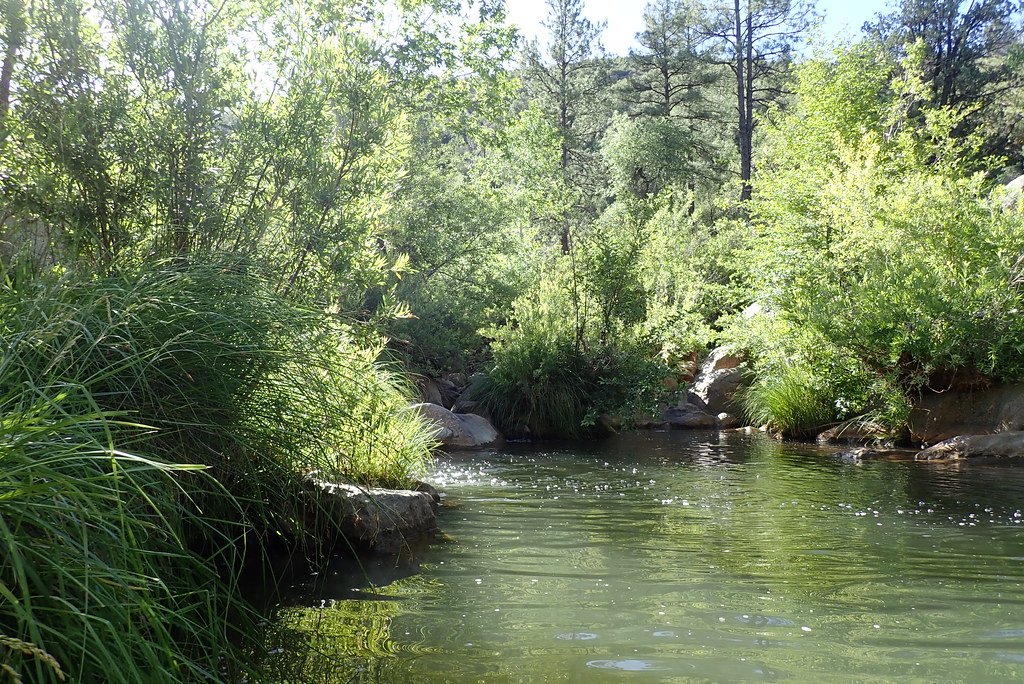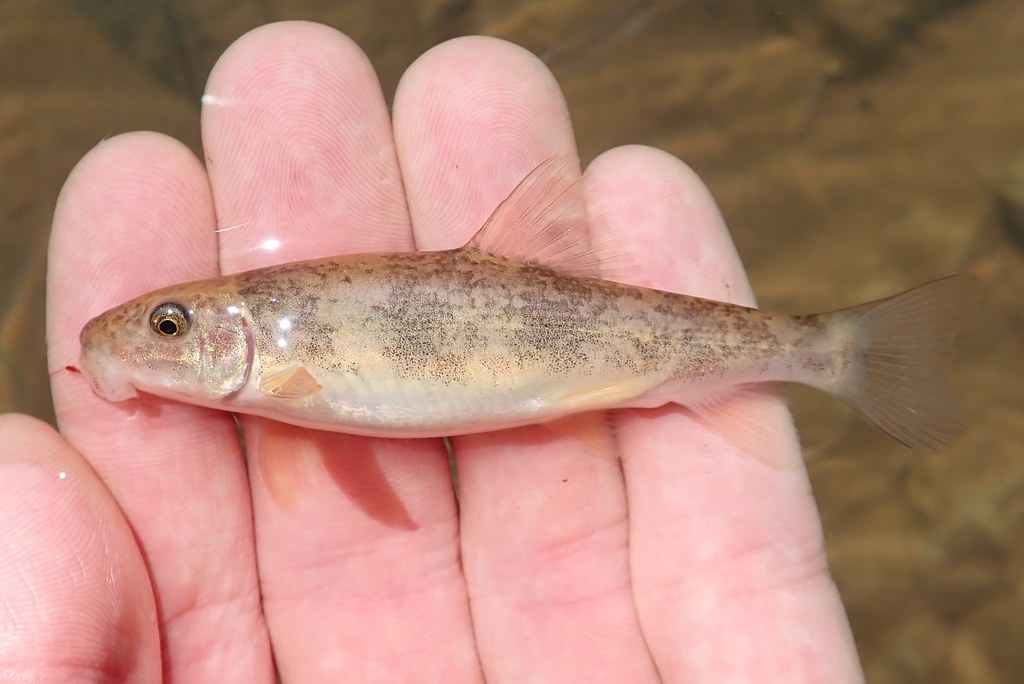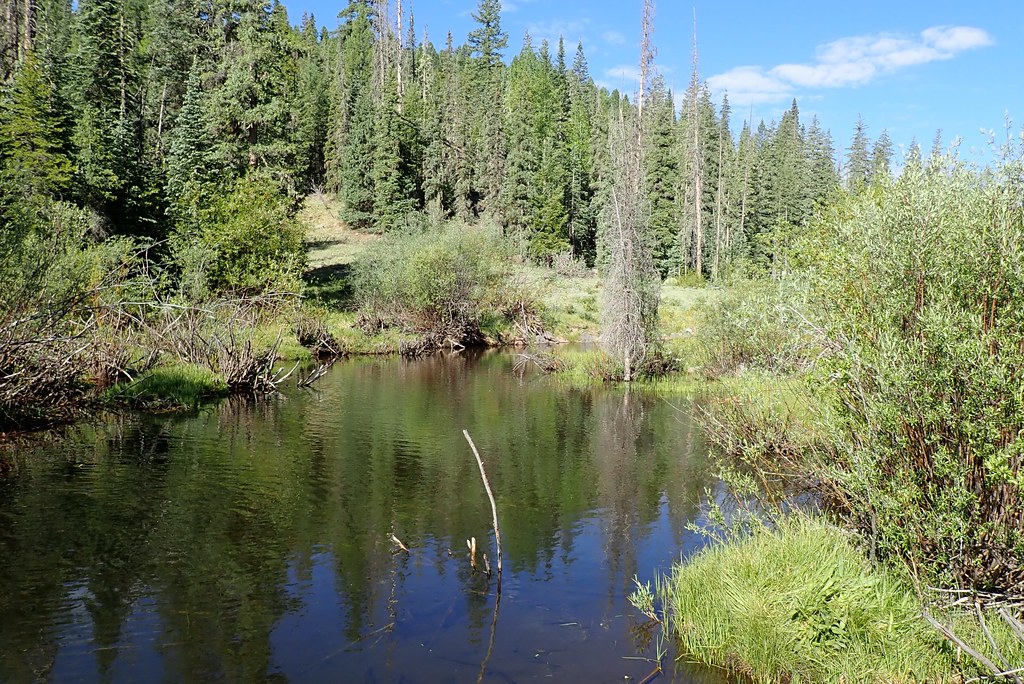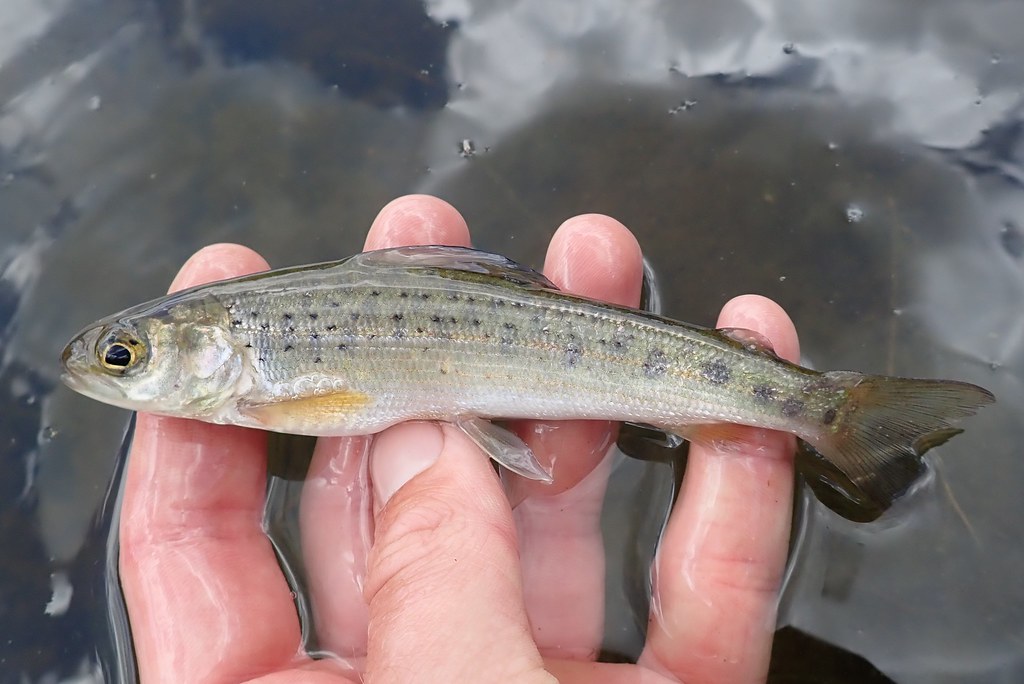Finally, I have a rudder on the kayak! It isn't necessary on the calm days, but there have been a few trips where I've ended up pretty far from shore when the wind picked up. Even if the wind is at your back, it's usually not pointed exactly in the direction you want to go. This leads to weathercocking (it's a real term, Google it). There have been a few times when I've had to paddle several miles with only one arm to stay in a straight line. I'm happy those days are in the past. OEX San Diego did the rudder install for a good price. Definitely give them your business if you live in the area.
http://www.oexsandiego.com/
On Saturday I launched from Mission Point Park and paddled south along the length of Point Loma. I stubbornly wanted to troll lures again, even though I haven't had any luck with them outside the bays. It's been a few weeks since I've been out, and I've been seeing reports of barracuda, bonito, and yellowtail. I'd be happy with anything big enough to go for a Rapala Xrap Magnum 20 or 30, so those are what I trolled. I caught my first fish on the 30, a calico bass. I replace the trebles with singles on my trolling lures, but unfortunately the front hook tore up its belly during the fight. I wonder how often that hook is the one the fish gets hooked on?
Kelp Bass (Paralabrax clathratus)

There were bait schools all along the outside of the kelp. I fished a small jig to see what they were, and they turned out to be jack mackerel. Strangely enough, I haven't caught one of these since before I moved to California when Eli and I rented a boat and fished out of Redondo Beach. I should take a break from trolling and fish some of these as live bait next time.
Pacific Jack Mackerel (Trachurus symmetricus)

The calicos were out in force. I ended up catching two of them on the Rapalas and seven of them on the jig. Hot pink was definitely working with the overcast conditions. I caught four of the jack mackerel on it as well.

That's it for the fishing report, because around 10 am the wind began to blow. I snagged the Rapala on kelp, and I wasn't able to break it off, so eventually I had to cut the line. In that short amount of time the wind really picked up. I was about 8 miles south of Mission Bay, so I stashed the fishing gear and focused on getting back safely. It was slow going, and the rudder absolutely saved the day. It would have been brutal without it. This was my first time having multiple waves crash over my side while I was paddling, and one of them nearly tipped me over. I made it back around 2 pm in one piece, happy to be off the water.

Miles: 16.53
Hours: 7:44
Water Temp: 69 F
Looking on the bright side, I got the chance to really test out the rudder. I checked the wind history, and while I was paddling back the wind was 14 mph with 16 mph gusts. It was a little more than I was comfortable with, so I think I need to do a better job of checking the forecast the morning of and even checking for an update once I'm out on the water.
June 27, 2020
I'll keep adding to this post since last week's report was short. On Saturday I took the kayak out again, this time launching from La Jolla. I met up with Anthony and his friend Fernando, and we agreed to focus on yellowtail. I had one rod for bait, one rod with an iron, and one rod with a trolling lure. All we had to do was find the fish!

We paddled out of the MLPA and spent some time catching mackerel. There were schools of them everywhere, and they were easy to catch. Then something crazy happened. As I was pulling a mackerel out of the water, a big stingray came right up to the kayak, stopped, and just sat there looking at me! After a few seconds it realized I wasn't going to feed it, so it slowly dropped down out of view. My good judgement went out the window, and I quickly cut up a mackerel, put a chunk on the iron I had ready for yellowtail, and let it sink about 15 feet below the kayak. I waited about 20 seconds, and then the clicker started going. That was the easy part, now I had to figure out how to safely handle the thing! (Thanks to Anthony for taking these pictures.)

The stingray had plenty of energy when I got it to the side of the kayak, and even though it was hooked in the mouth it insisted on coming at me tail first. I must have tried a dozen times to turn it around, but each time that tail with its 3 inch barb came swinging at me. Anthony suggested I let it run for a bit, so I gave that a try. I brought it back to the side of the kayak, kept the head pointed up, and got my hand in its mouth. It wasn't going anywhere, and its tail couldn't reach me. Anthony took about 20 photos, and then I let it go. I'll be perfectly happy if this is the one and only time I catch this species!
Pelagic Stingray (Pteroplatytrygon violacea) - new hook & line species #672

We spent the rest of the day looking for yellowtail inside the kelp, just outside the kelp, and out in open water. There were a lot of bait schools on our fish finders, and we saw a few marks that looked like bigger fish, but we didn't connect with any of them. Anthony pulled a piece of kelp up from about 90 feet, so at least he got to practice reeling something heavy in.
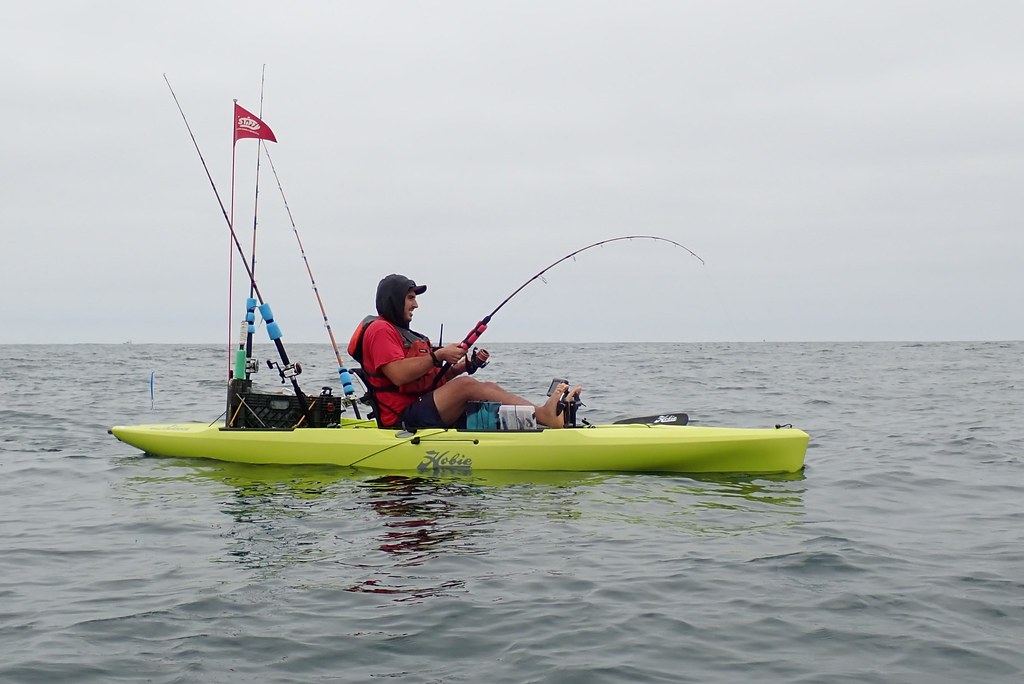
I didn't want to stay out too long, so around noon I turned around and trolled my way back around the point. The calico bass were biting, and I ended up getting 7 or 8 of them. Most of them were on an X-Rap 15, one was on an X-Rap 20, and one was on the iron. The heaviest one of the day was 3.25 lbs.
Kelp Bass (Paralabrax clathratus)

The wind was much lighter than last weekend, which I was thankful for. I was surprised though at how much the current going past the point slowed me down. Between trolling the two lures and fighting the current I was only able to go 2 mph. Once I reached La Jolla Cove though I was able to maintain 4 mph without any problem.

Miles: 10.61
Hours: 6:41
Water Temp: 70 F
I'll take the next weekend off, but after that I'll be out there again!



